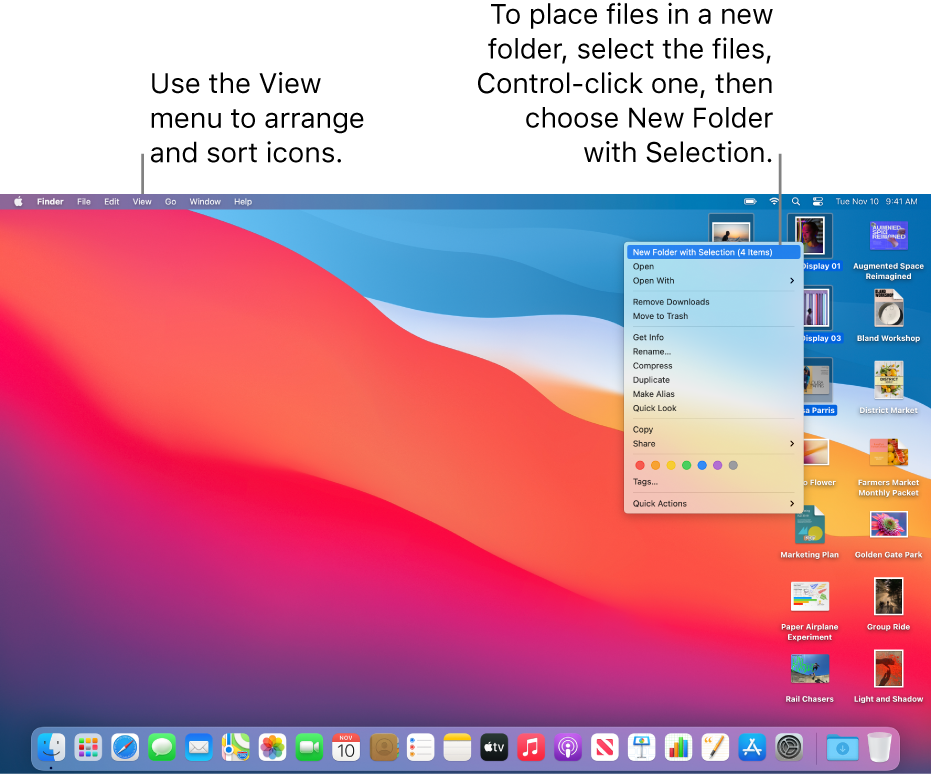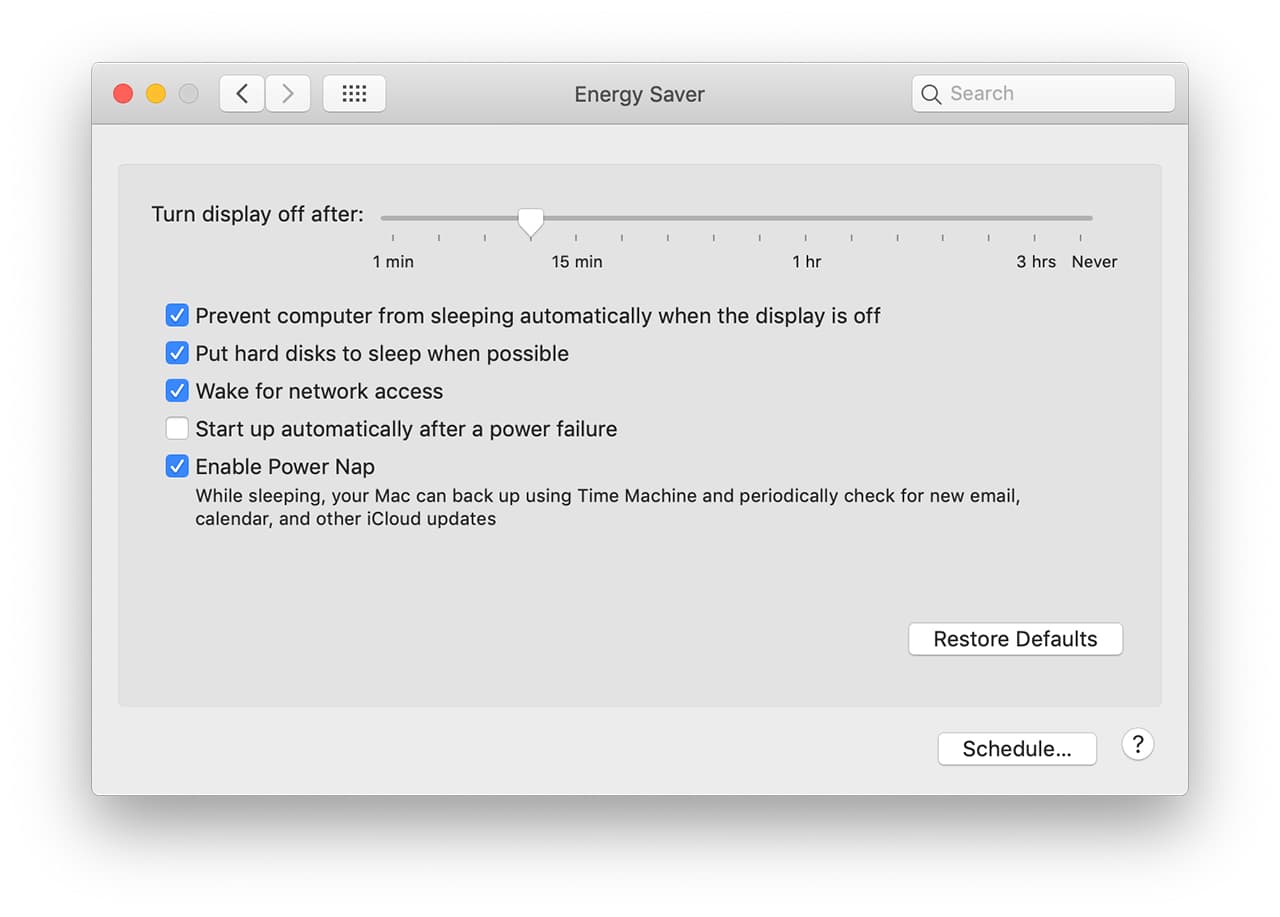macOS Catalina is slightly outdated since the release of macOS Big Sur in November of 2020. Nevertheless, many users prefer to stick with it because it's much more familiar visually. And it offers a bunch of expanded features, such as a screen extension with an iPad or the new Apple Podcasts app.
The problem is that it might not always work as intended. Glitches in macOS Catalina are commonplace: in fact, all existing operating systems like Mojave or High Sierra could freeze and crash from time to time. No software is immune.
- I'll Come Back To You Mac Os 11
- Always Come Back To You Lyrics
- I'll Come Back To You Mac Os 10
- I'll Come Back To You Mac Os Download
- I'll Come Back To You Mac Os Catalina
But what do you do in this case? The surefire way to deal with jaded performance is to reinstall macOS Catalina altogether. Read through our guide below to learn how.
How To Reinstall Mac OS Catalina
- Get more done with the new Google Chrome. A more simple, secure, and faster web browser than ever, with Google's smarts built-in.
- This matters because iCloud only works with Lion, aka Mac OS X 10.7. If you want to continue to use Leopard (10.5) or Snow Leopard (10.6) with features like this one, you have to keep using MobileMe, which seems to mean you can't upgrade to iCloud (although you.
It's important to note that when you reinstall macOS Catalina the process simply updates the operating system and doesn't affect any files on your hard drive or user files or even settings. That makes reinstalling principally different from performing a clean install, which erases everything.
Here are the proper steps to follow to reinstall mac OS Catalina.
Cellist Hae Won (Park Min Young) is warm-hearted but has closed the door to love after a number of unhappy experiences. She lives in the capital but has grown tired of big city life – so one day decides to return to her hometown, a small village in the countryside, far away from the hustle and bustle of Seoul. Returning to the countryside helps her regain some inner peace, but when she meets.
1. Back up your Mac first
By default, the best thing you could do before making any significant changes to how your Mac works is to back it up. Backups are just like saves before encountering challenges in video games — represent the point you can always come back to.
There are lots of great backup solutions on the market to suit every need. If you don't have the time to search for something specific, your Mac features a decent native option — Time Machine.
To get Time Machine started:
- Connect an external USB or WiFi hard drive to your Mac
- Go System Preferences ➙ Time Machine
- Click on Select Backup Disk…
- Press Use Disk
2. Delete junk off your Mac to speed it up
There's nothing better than the feeling of a brand new Mac with a brand new macOS. If only the latter is new, the experience could be subpar. Trying to get the most out of macOS Catalina on your older machine might be a challenge. But don't hurry to your local Apple Store just yet — not all is lost.
Just like the dust behind your couch or on the top of your kitchen cupboards, small bits of system files, caches, and hidden libraries tend to aggregate over the years and never get deleted, eventually slowing down everyday processes. While it's possible to clear out some of them manually, others require specific technical knowledge and lots of time.
I'll Come Back To You Mac Os 11
Luckily, there's a professional automatic solution available — CleanMyMac X. Optimizing behind-the-curtain processes on your Mac with CleanMyMac X is no more difficult than clicking a single button:

Always Come Back To You Lyrics
- Download a free version of CleanMyMac X.
- Open the app and navigate to System Junk in the left-side panel.
- Click Scan and wait for the process to complete.
- When done, press Review Details.
- Uncheck anything you'd like to keep and click Clean.
Now your Mac is free of all the pointless log files, user caches, language files, old updates, and more. Which directly translates into improved processing power, memory usage, and response time. At last, your Mac is ready to take full advantage of macOS Catalina.
3. Reinstall macOS Catalina in Recovery Mode
With your Mac in top shape, it's time to get that macOS Catalina download link. Surprisingly, you won't find it in Software Update or even App Store (where it used to be in macOS High Sierra).
The correct way to reinstall macOS Catalina is to use your Mac's Recovery Mode:
- Restart your Mac and then hold down ⌘ + R to activate Recovery Mode.
- In the first window, select Reinstall macOS ➙ Continue.
- Agree to the Terms & Conditions.
- Select the hard drive you'd like to reinstall mac OS Catalina to and click Install.
Automatically update all your software for Catalina
The reinstallation process will start shortly and roughly take 30 minutes. Orqa fpv.skydive mac os. When complete, your Mac will start up as usual. No files should be lost, but it's always a good idea to check CleanMyMac X's Applications Updater to see if you can improve compatibility of the new macOS with any of your existing apps:
- Launch CleanMyMac X.
- In the left-side panel, navigate to Updater.
- View any available updates and their notes and click on Update.

Always Come Back To You Lyrics
- Download a free version of CleanMyMac X.
- Open the app and navigate to System Junk in the left-side panel.
- Click Scan and wait for the process to complete.
- When done, press Review Details.
- Uncheck anything you'd like to keep and click Clean.
Now your Mac is free of all the pointless log files, user caches, language files, old updates, and more. Which directly translates into improved processing power, memory usage, and response time. At last, your Mac is ready to take full advantage of macOS Catalina.
3. Reinstall macOS Catalina in Recovery Mode
With your Mac in top shape, it's time to get that macOS Catalina download link. Surprisingly, you won't find it in Software Update or even App Store (where it used to be in macOS High Sierra).
The correct way to reinstall macOS Catalina is to use your Mac's Recovery Mode:
- Restart your Mac and then hold down ⌘ + R to activate Recovery Mode.
- In the first window, select Reinstall macOS ➙ Continue.
- Agree to the Terms & Conditions.
- Select the hard drive you'd like to reinstall mac OS Catalina to and click Install.
Automatically update all your software for Catalina
The reinstallation process will start shortly and roughly take 30 minutes. Orqa fpv.skydive mac os. When complete, your Mac will start up as usual. No files should be lost, but it's always a good idea to check CleanMyMac X's Applications Updater to see if you can improve compatibility of the new macOS with any of your existing apps:
- Launch CleanMyMac X.
- In the left-side panel, navigate to Updater.
- View any available updates and their notes and click on Update.
This Updater tool in CleanMyMac X automatically searches for latest available versions of ALL your apps. One or two clicks and everything feels fresh. It even updates the macOS file itself.
Trust in your backup
Finally, in case you notice any files or apps missing, or settings misconfigured, you could open up Time Machine to restore a specific folder or the whole backup from the step one:
- Launch Time Machine from Applications.
- Simply scroll all backup versions to find the file you're looking for.
- Click Restore.
If you decide to restore the whole backup, make sure to then repeat the whole process to optimize your Mac and reinstall macOS Catalina as detailed above. The good thing is that more often than not the reinstallation works wonders right from the first time.
There's nothing more frustrating than when you have a deadline or an important document you really want to work on that you cannot access because you left it on your other computer. With all of the technology we have with ways to transfer data, move data, and backup data, sometimes we still end up leaving something important at home or at work when we need it. Dealer (itch) mac os. Thankfully, if you're a Mac person, there is a simple one-stop solution: Back to My Mac.
Mac Enthusiasts can help you set up 'Back to My Mac.'
Back to My Mac is a fantastic function in iCloud that allows you to access any file on your other Mac remotely from anywhere! You can drag from your shared Mac to local mac and use your local computer to open and edit documents from your remote Mac. It works with any Mac that is signed in with the same iCloud account.
Our experts at Mac Enthusiasts can set this up for you easily and quickly. If you just don't have time to stop by our shop, and would like to set this up for yourself, other requirements include: OS X Lion, connection to an internet router that supports UPnP or NAT-PMP (most of them do), and an AirPort base station.
I'll Come Back To You Mac Os 10
How to Set it Up:
Before you begin setting up 'Back to My Mac,' you need to make sure all computers you want to connect are permitted for file sharing and screen sharing. To use file sharing and screen sharing, go to System Preferences > Sharing> and click to enable both 'file sharing' and 'screen sharing.'
I'll Come Back To You Mac Os Download
Make sure file sharing is on before you set up Back to My Mac.
At this point, you can begin setting up 'Back to My Mac.' Go to 'System Preferences' on the Apple menu of the computer you wish to add to the network. You'll want to click on iCloud and sign into the iCloud account you want your computers connected to. If you don't own the computer you're connecting (like your Mac at work), you may want to make a separate iCloud for this purpose. From there, you'll want to select 'Back to My Mac.' The instructions from here are pretty simple to follow.
I'll Come Back To You Mac Os Catalina
From here, follow the instructions for set up of Back to My Mac.
After you've set up 'Back to My Mac,' you'll have the chance to set up your security options. Remember that any computer on this network will have access to your personal data. If you're using a computer that you do not own, it's crucial to pay attention to these security options. Some helpful settings to use for this are 'Enable Password After Sleep' with the time setting of 'immediately.' It's also helpful to disable any automatic logins you may have. You can also access these options from 'System Preferences' under 'Security and Privacy.'
Once you've completely finished setting up your computers with 'Back to My Mac,' you will be able to see all computers in your network under the shared panel of your 'Finder,' as if they were within a local distance.
If you're having any difficulty, or you would rather have us help you, come by and let our Mac Enthusiasts set up 'Back to My Mac' for you.
